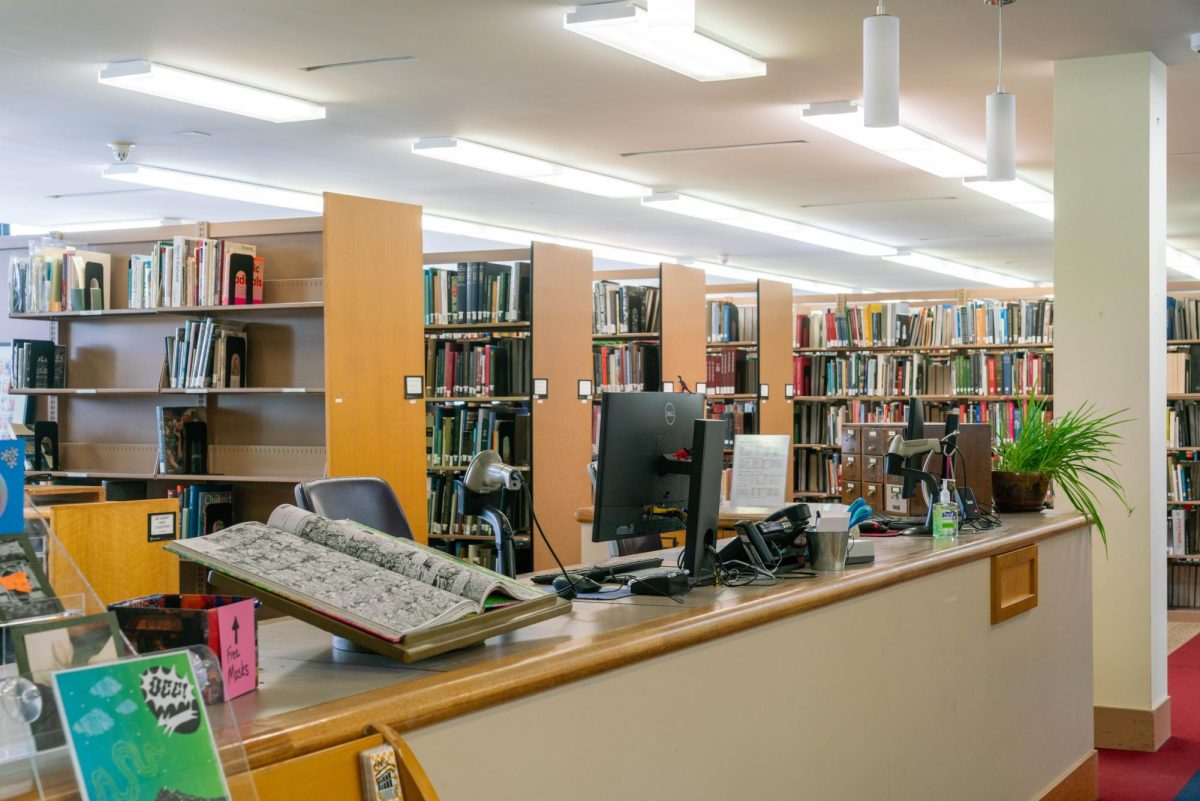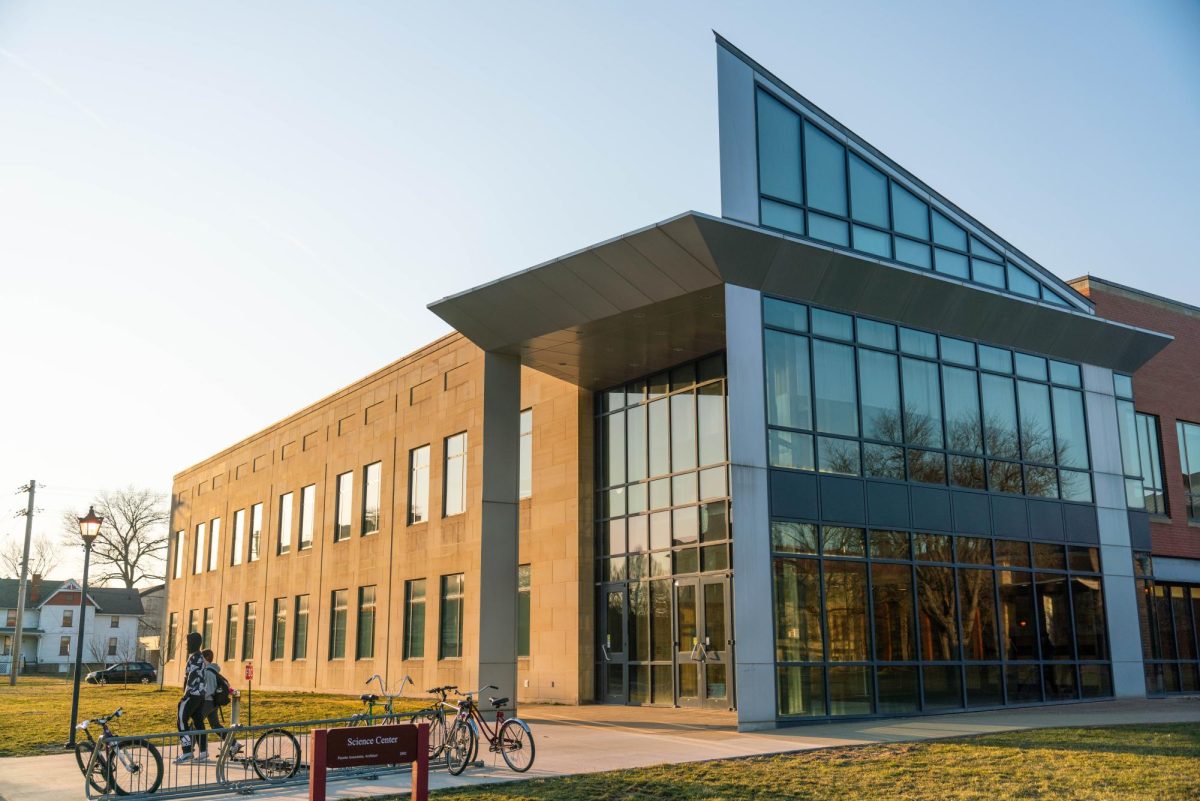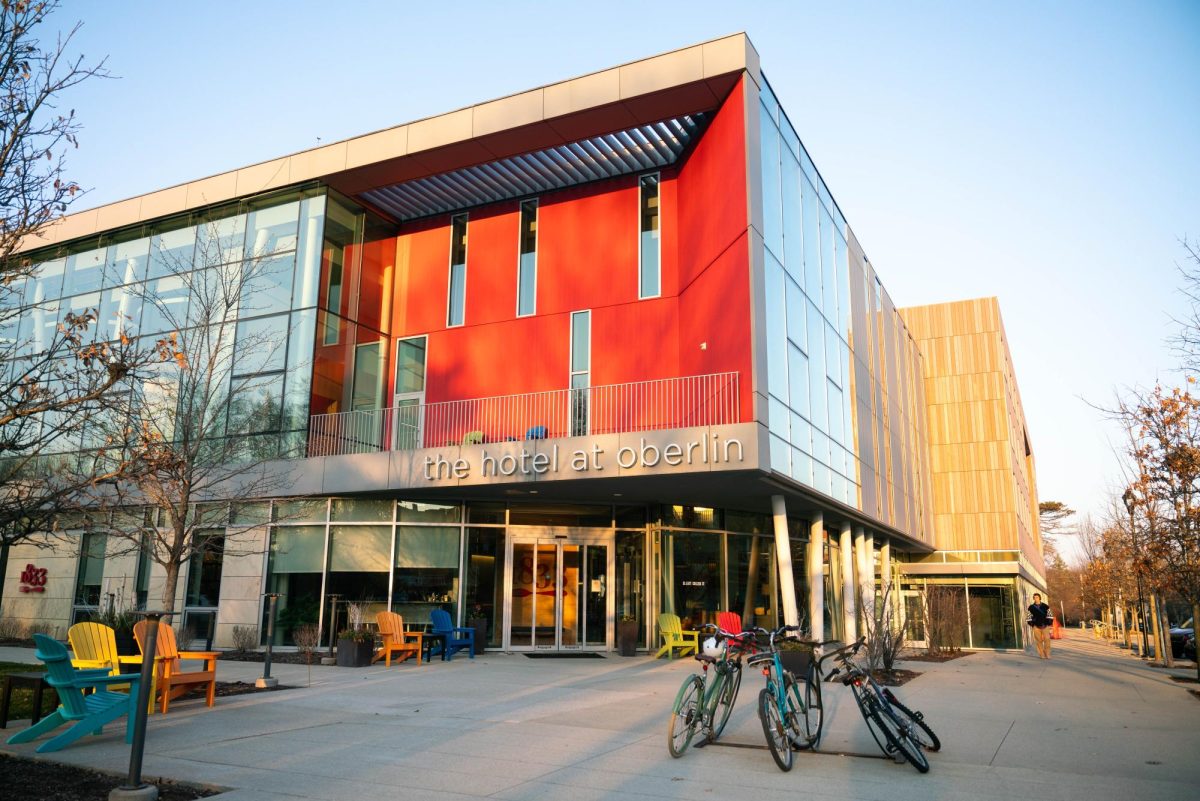Student workers at the Clarence Ward Art Library unexpectedly had their work hours reduced following a budget issue in the fall, according to Art Librarian Eugénie Fortier. The decision, made by Fortier, came as a shock to student employees, who received little notice before their hours were cut.
Fortier explained that the cuts were necessary to keep the student wage budget sustainable for the remainder of the academic year.
“Unfortunately, we found that we had overspent in the fall semester and had to rectify that issue this semester to ensure we would be able to continue to pay our student staff for hours worked,” she wrote in an email to the Review. “Based on this information, I made the only logical choice to eliminate student hours during Winter Term and spring break, and to drastically reduce hours during the spring semester.”
College fourth-year Lilian Feinberg, a circulation assistant at the library, recalled receiving a surprising email just days before winter break informing student workers that they would no longer have jobs.
“We got a three-day notice before winter break that we weren’t going to have the job at all,” Feinberg said. “And then, after Winter Term, we got a follow-up email that said we would have hours, but they would be limited.”
College fourth-year Dorothy Knutson described the abrupt changes as “shocking.” She noted that student workers at the Art Library were accustomed to increased hours during exam periods and breaks, only to be informed suddenly that they would not be scheduled at all.
“The hours went really quickly,” Knutson said. “They reduced by like 80 percent almost overnight.”
While Fortier maintains that she and the circulation coordinator communicated the situation as soon as they became aware of it, students still felt left in the dark. Feinberg said staff were given “very vague reasoning.”
The lack of communication left students scrambling for alternative employment, particularly those who relied on work-study positions to help cover tuition and other expenses.
“It left me and a lot of others without any idea if we should be searching for another job on campus,” Feinberg explained. “It made me worried that I wasn’t going to be able to fulfill my work-study requirements halfway through the school year, and it’s really difficult to find anything else on campus.”
Knutson, who also holds another job on campus, noted that while the cuts were frustrating, she was fortunate compared to others.
“I only have two hours a week now [at the Art Library] when I used to have 10,” she said. “For some students, this job was directly tied to their tuition, so it was a big deal.”
Fortier stated that the budget cuts stemmed from decisions made before she and the circulation coordinator took their positions.
“We did not realize until late in the fall semester that the schedule set for students was unsustainable for the remainder of the year based on the constraints of the budget,” she wrote.
Acknowledging student frustration, Fortier emphasized that the cuts were unavoidable.
“This change is a temporary measure in response to an unforeseen situation, and we hope to return strong in the 2025–2026 academic year,” she wrote.
Some students believe this issue highlights broader concerns about funding for arts-related programs and employment at Oberlin.
“It’s upsetting to hear that these budget restraints were so specific to the Art Library,” Feinberg said. “It feels like art departments and programs are always the first to face cuts.”
Though the Art Library remains open, students worry that these reductions could signal larger rollbacks in its future.
“People do use the library,” Knutson added. “It’s an essential resource for the Art department and beyond. I just hope the administration recognizes that before it’s too late.”









